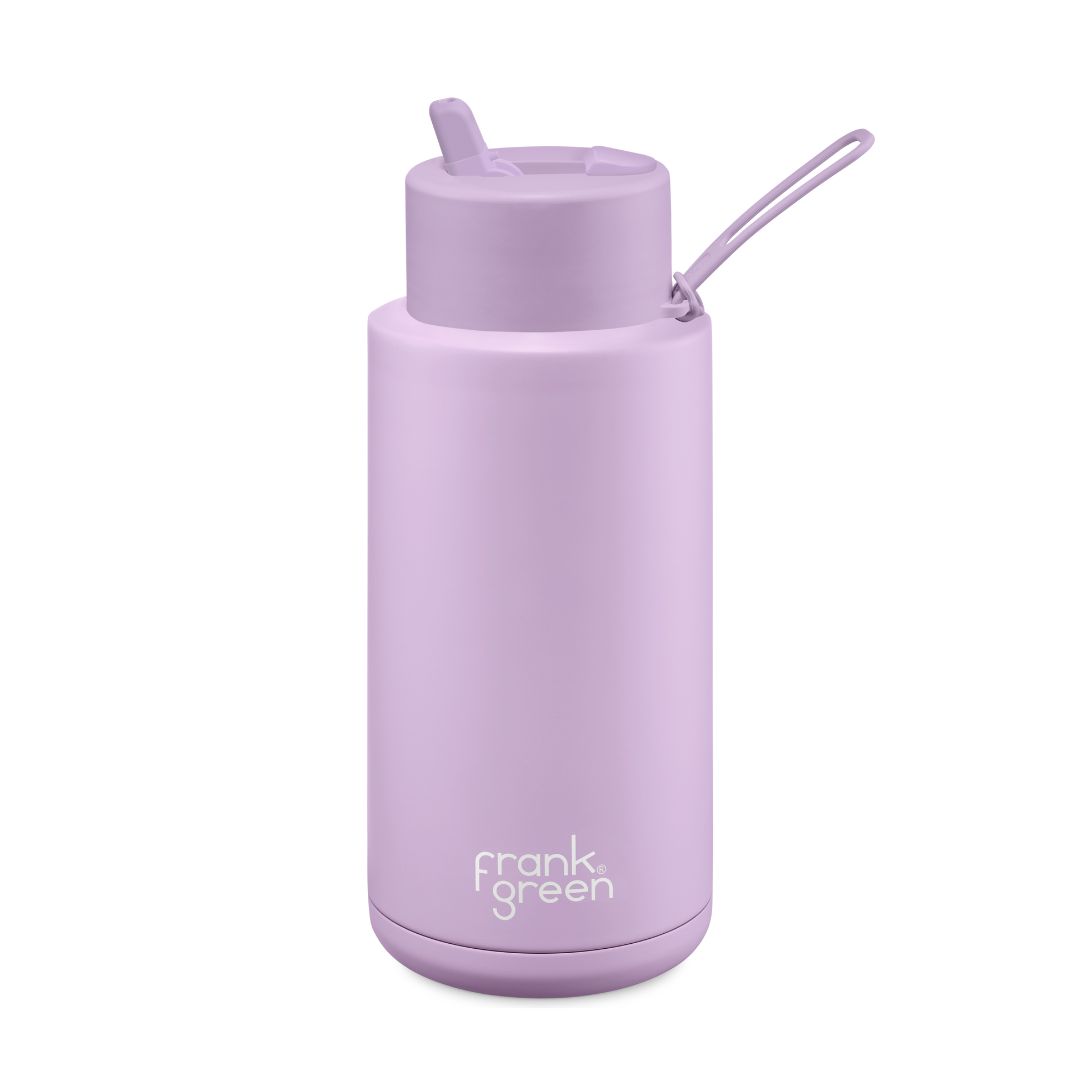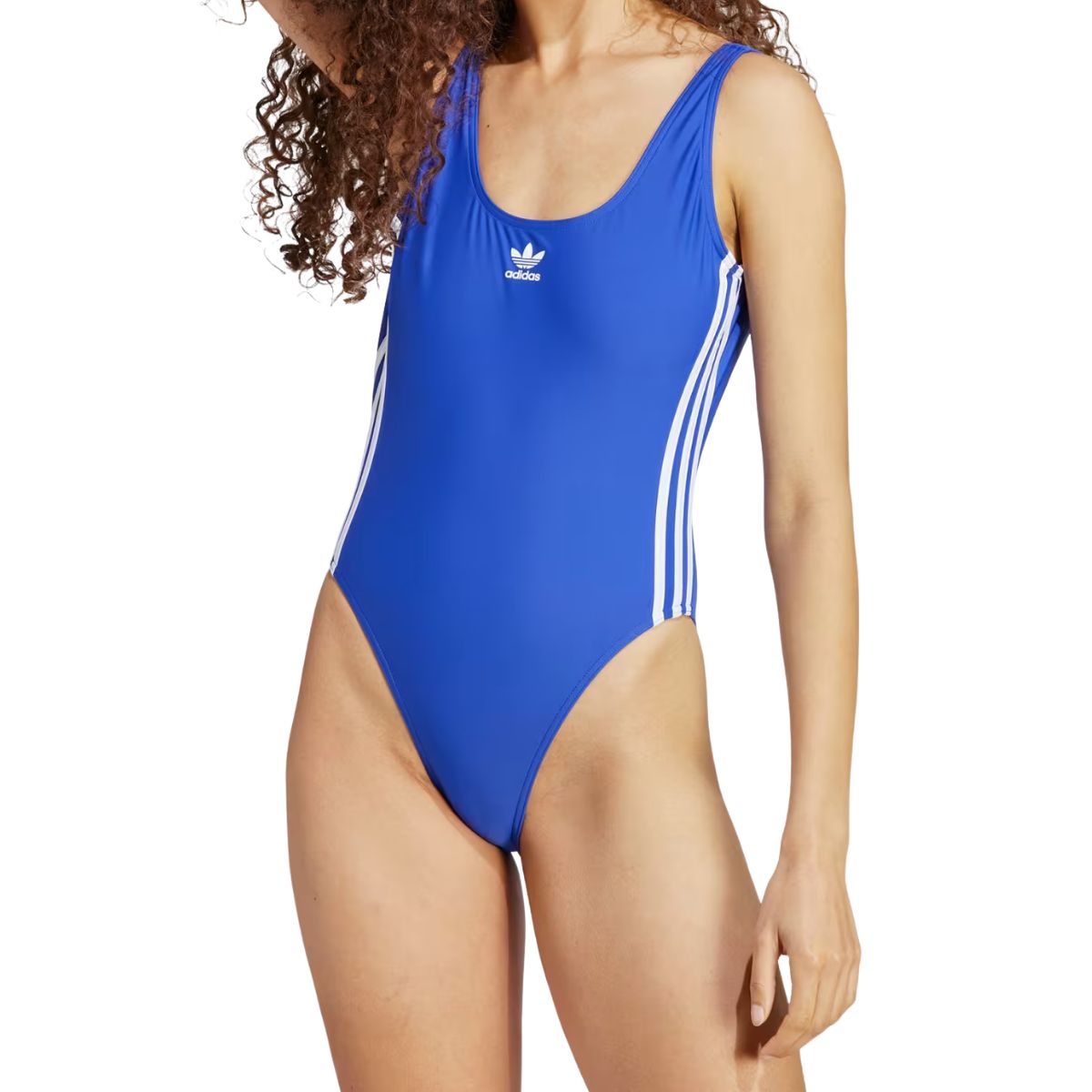I Swapped My HIIT Workouts For Walking, Low-Impact Strength Training And Pilates - and Can't Believe How Different I Feel
HIIT training gets a bad rap on social media - but is it really as harmful as it's made out to be? Experts weigh in.
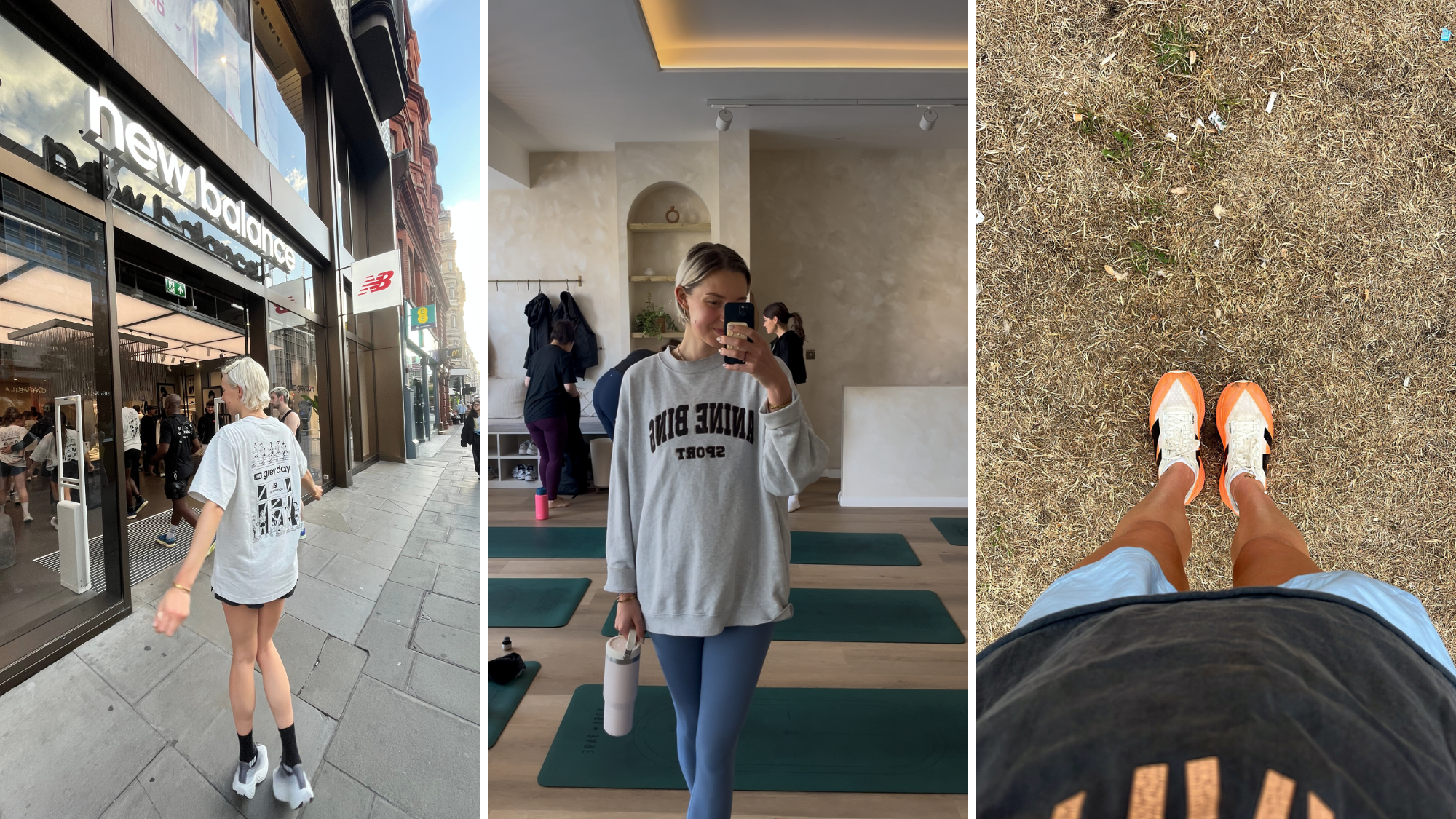

Whether it’s Emma Raducanu raving about hot yoga or Harry Styles being spotted on the Reformer, there’s no doubt that in recent years, low-impact exercise has taken the world by storm. Where HIIT was all the rage in 2016, a post-pandemic shift turned the tide when it came to our exercise habits, especially amongst women.
So, what prompted such a major change in our exercise preferences? Well, after years of stigmatisation and limited funding for women’s health conditions, we were living in a body literacy crisis, with many of us completely unaware of the ways our internal cycle interacted with our lifestyle.
Then came 2020 and the rise of TikTok, which brought with it a whole cohort of health experts sharing information, previously reserved for the treatment room, freely on the internet. Though this provided us with the potential to better understand and connect with our bodies, the lack of regulation on social media made it very difficult to separate fact from personal experience, resulting in a flood of hormone-balancing hacks and anecdotal advice fuelling a perception that any high-intensity exercise is harmful.
The reality is that, when it comes to our bodies, there’s a great deal of nuance and individual variation, with the sweet spot usually found in balance. Though research does show that too much high-intensity training can lead to chronically high cortisol levels and disrupted menstrual cycles, other studies show that in moderation, it can actually benefit our overall health. The key is tuning into your own body to find the routine that’s best for you.
But with reproductive health conditions a growing issue, and statistics highlighting that 44% of women who vigorously exercise are losing their period (a condition known as secondary amenorrhea), there is a place for checking in on how too much high-intensity training could be impacting our health.
As someone who lost her period over a decade ago, due to overexercising, I know firsthand the damage that hormone imbalance can cause to your energy levels, bone health and metabolism, with various studies, including this 2013 paper, 2022 paper and 2023 paper, concluding as much. At the same time, I’ve been historically wedded to the post-endorphin rush of a sweaty session, and for years have been reluctant to let go of my running and HIIT sessions. Though I’ve recently found a healthier balance between high intensity and low intensity training, and have fallen in love with Pilates and Yoga, I was keen to see how a week of exclusively low-impact training would leave me feeling. You see, like many of us, I still held the nagging belief that low-impact training was the easier option and that I’d be left feeling agitated without my weekly opportunities to let off steam.
Read on to discover how my mind and body felt after a week of swapping my usual HIIT and cardio sessions for Pilates, strength work and long walks. And if you, too, are curious about mixing up your exercise habits, don't skip our guides to the best low impact workouts, best low impact exercises, and best low impact strength training moves, too.
Celebrity news, beauty, fashion advice, and fascinating features, delivered straight to your inbox!
Low Impact Training Has Become a Viral Hit, So I Tried It For a Week
What classifies as a low impact workout?
A catch-all term for “any type of exercise that minimises stress on the joints by reducing forceful impact, low-impact training could be anything from swimming and walking, to cycling or barre,” says personal trainer Aimee Victoria Long.
“As a general rule, this means that at least one foot is on the ground at all times,” she adds, which rules out those really explosive movements and makes “low impact workouts gentler on the body while still elevating the heart rate, improving strength, flexibility, and mobility.”
Leading the charge in the low-impact workout trend is Pilates, which uses slow, controlled movements to build deep strength without straining the joints. Though the traditional method was originally created by Joseph Pilates in the 1920s, the practice has really found its place within mainstream fitness in the last five years, and, according to Marsha Lindsay, Founder of NOBU Pilates, has “particularly appealed to women who previously felt they had to stick by high-intensity workouts to see results.”
“Pilates is incredibly effective for improving core stability, flexibility, and posture, all of which are essential for both physical longevity and day-to-day confidence,” says Lindsay, who adds that many women have gravitated towards the practice because it’s “less about intensity for intensity’s sake, and more about building a body and mind that can sustain you for your future self.”
What are the benefits of low impact training?
Despite my initial concerns, according to Long, “low-impact doesn’t mean low results. In fact, it often means greater sustainability and long-term health, particularly for women. Our bodies naturally go through cyclical changes each month and more significant hormonal shifts over time,” says the trainer, “and low-impact training offers a way to stay active and strong without overwhelming the body, making it easier to stay consistent and injury-free.”
Dr. Cornelia Hainer, Head of Science at Clue, agrees, adding that “even gentle exercise can trigger the release of endorphins which boosts mood, reduces anxiety and alleviates pain,” which she says makes it ideal for the management of PMS and period pain.
And as Lindsay points out, you can still see serious strength gains from low-impact training, provided that you practice regularly and consistently. “What many people don’t realise is that true strength starts with a solid foundation. Pilates, for instance, focuses on controlled, intentional movement that targets deep stabilising muscles across the entire body to support larger muscle groups. The movements can seem small or subtle, but that’s exactly where the power lies. By building strength from the inside out, you’re improving body awareness, alignment, and proper form, which helps to prevent injury and supports longevity in any other training you choose to pursue.”
Should we be avoiding high intensity exercise entirely?
All three experts emphasise that the split between high intensity and low intensity exercise depends entirely on the individual, and there isn’t a one-size-fits-all all approach.
But, if you do enjoy working up a sweat with a high-energy class like Barry’s or boxing, you definitely don’t have to cut it out altogether, no matter what social media may tell you. In fact, the experts recommend a mix of low- and high-impact exercise for well-rounded benefits.
“There’s no research saying that high-intensity workouts should be universally avoided,” says Dr. Hainer, “and high-intensity exercise has its own perks, particularly in helping us to build strength and bone density.”
The key, however, is moderation. “When you push your body too hard without giving it enough energy, it may prioritise essential functions over maintaining a regular menstrual cycle, says Dr. Hainer. “This energy shortage can cause missed menstrual periods or make your periods stop entirely. This, in turn, can lead to more serious health problems, including problems getting pregnant and loss of bone density. A regular period is a sign of good health, and it’s a good idea to speak to your doctor if you experience amenorrhea.”
Long agrees, adding that the idea that “HIIT is bad for women oversimplifies a complex issue. What’s important is knowing how and when to use different types of training. The follicular phase of your cycle, for example, is ideal for pushing harder. But in the luteal phase, when stress is high and sleep is poor, low-impact training might be the better option. It’s not about eliminating intensity, but about building a more intelligent and intuitive relationship with it.”
I Switched HIIT Training For Walking, Low-Impact Strength Training and Pilates. Here’s My Honest Thoughts After The First Week
Days One To Three
With the experts' advice fresh in my mind, I decided to test a low-impact routine after a few weeks of high-intensity training. I’d been mixing up runs with HIIT, strength classes, and even boxing, and while I’d noticed a clear boost in strength and muscle mass, I’d started to hit a wall. My energy had dipped, my legs ached constantly, and my skin was flaring up - all of which were signs that I was overtraining.
So, on Monday, instead of booking into my usual Sweat X class at Third Space, I opted for a lunchtime Mat Pilates session. The class focused on hips and core, blending mobility and strength work. The impact of my recent training block was immediately clear: my hips and hamstrings were so tight that even touching my toes felt like a struggle.
Tuesday would normally be a run day, but instead, I unearthed my swimsuit and headed to the pool. I’m usually a little hesitant to dive in, but with a London heatwave in full swing, the cold water was a welcome shock to the system. There’s something meditative about swimming - I love that you can’t wear headphones, there’s no screen time, and your mind is left to wander. Half an hour flew by, and I left the pool feeling more refreshed than exhausted.
Though I didn’t get that post-run high or feeling of full-body fatigue, I did feel noticeably less inflamed. After lots of high-impact training, I often feel bloated and sluggish, but that discomfort didn’t show up at all throughout my day at work.
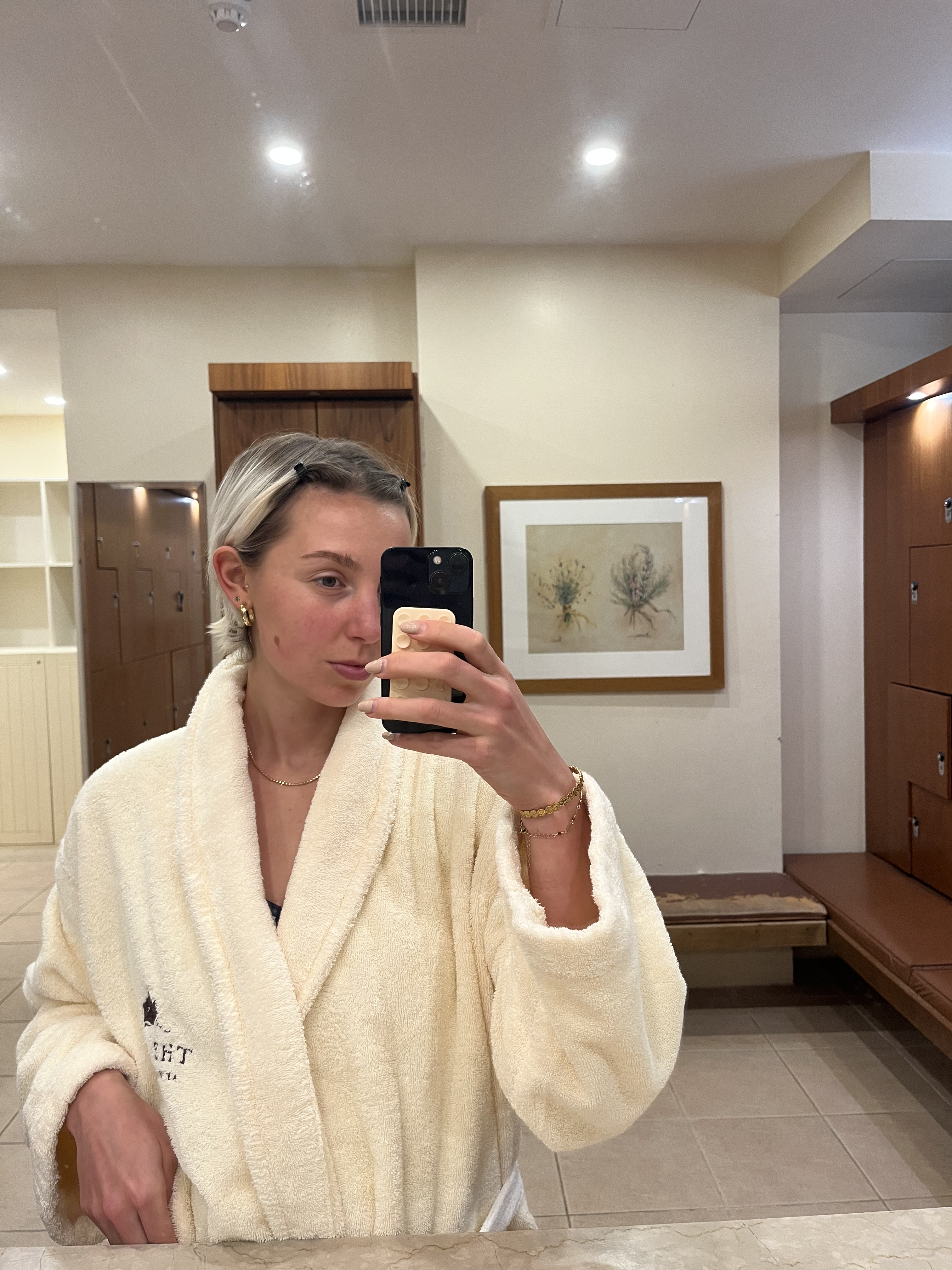
Ashleigh heading for an early swim during her low impact challenge
By Wednesday, I was working from home and decided to take the opportunity to swap my usual run for a long walk. A few years ago, I naively wouldn’t have considered walking to be a workout, but growing evidence shows it supports everything from cardiovascular health to mental clarity and bone density.
Though the walk definitely left me calmer and more productive throughout the day, by the evening, I was restless. Usually, I’d try to sweat it off, but instead, I rolled out my mat and did a YouTube yoga flow with Move With Nicole. Though it perhaps didn’t deliver the emotional release I was craving, it did leave me feeling more relaxed and grounded, and I slept better that night than I had in weeks.
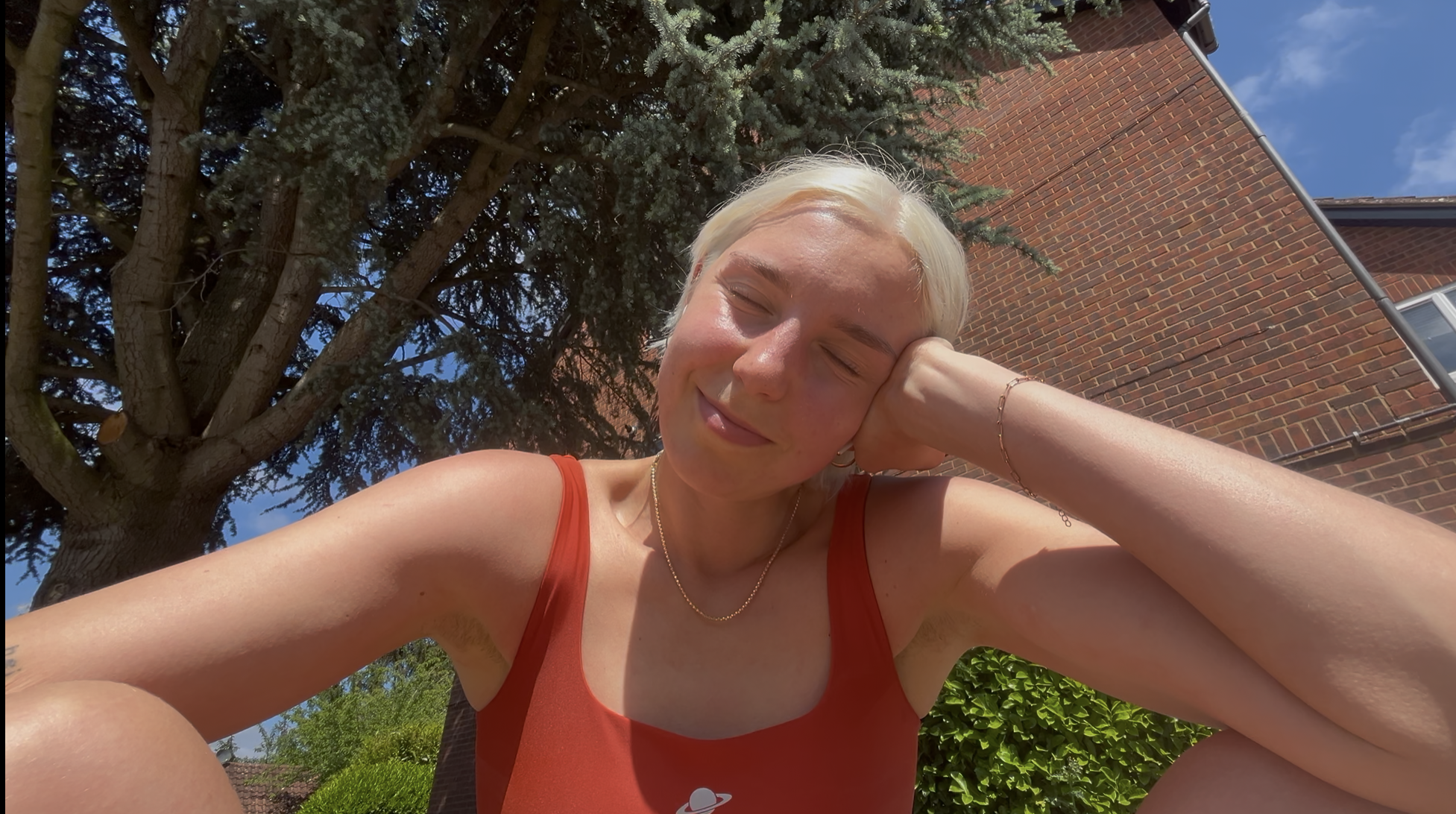
Ashleigh enjoying a post-walk sunbathe
Days Four To Seven
By day four, I was surprised at how naturally I was settling into the slower rhythm. The itch for intensity was fading, and it felt like my body was finally letting itself be tired. I had a full day of work ahead, so I actually allowed myself to take a complete rest - something I would have previously resisted.
On Friday, I booked into a Barre class - one of my favourite low-impact workouts. The tiny, controlled movements are deceptively tough, and I always leave the 55-minute sessions with legs like jelly.
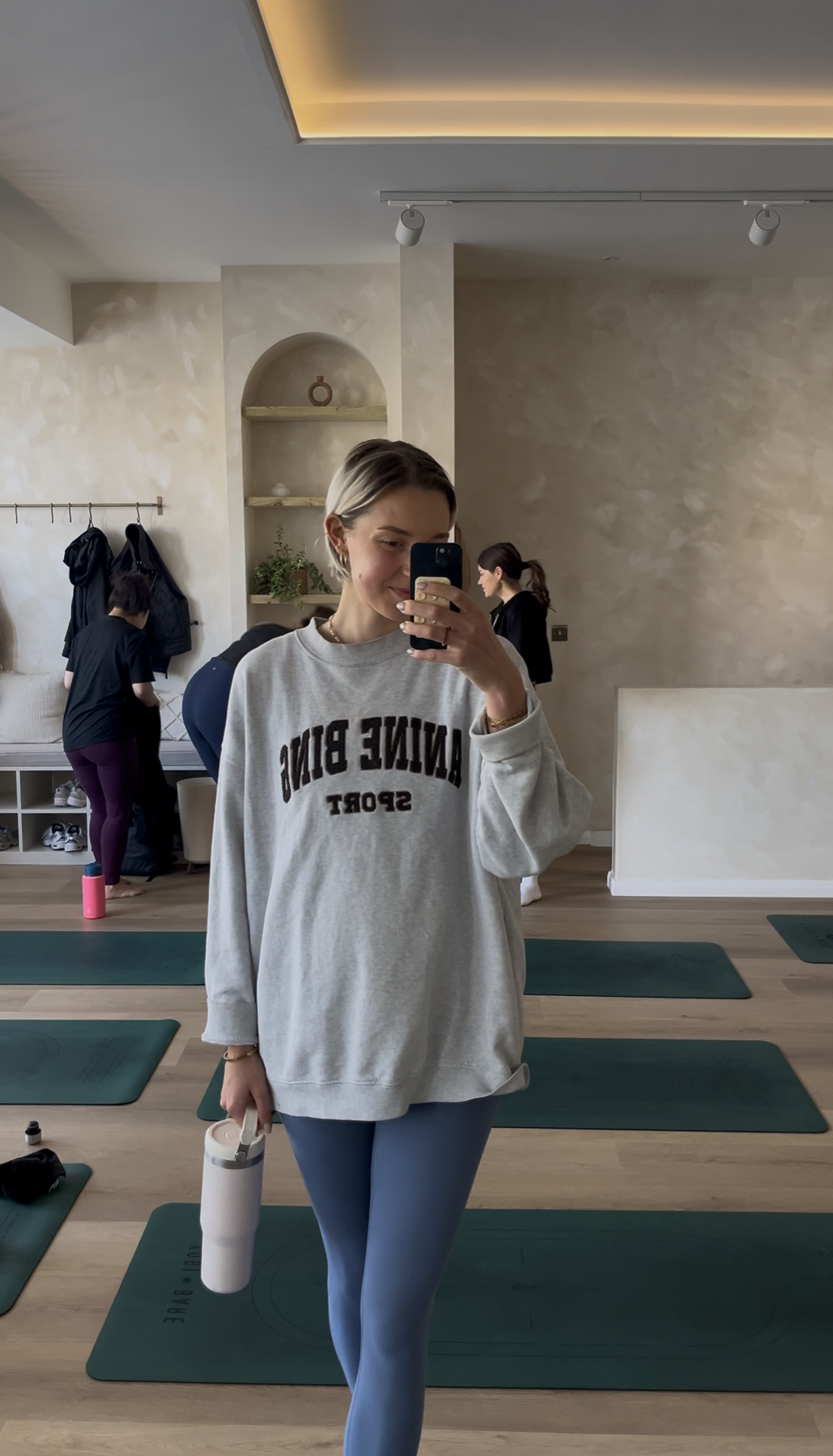
During the second half of her challenge, Ashleigh decided to give Barre a go.
I rounded out the week with one last swim and a catch-up walk around Hyde Park with a friend. Whilst I’ll always love a social run, there’s something about walking that just allows for better conversation, and my cup felt decidedly fuller than it would have had we worked up more of a sweat.
By the end of the week, I was torn. Physically, I felt just as strong as a week spent high-intensity training, only this time I’d slept better, had more energy and was less bloated. And yet, I did miss the balance.
For me, I’ll always choose variety, and I think that a mix of high and low intensity is key. But what this week did provide was a much-needed reminder of the power that comes from listening to your body.
Just because your training plan says “tempo run” doesn’t mean your body agrees. Energy levels fluctuate with your cycle, your stress levels, and how much you’ve already asked of yourself that week, and it’s essential to honour that. It's not healthy or balanced for anybody to be pushing through every workout.
And if you’re feeling uncertain about what your body is telling you, speaking to your doctor, coach, or registered women’s health professional is a great place to start.
Shop MC UK Approved Workout Kit Now:
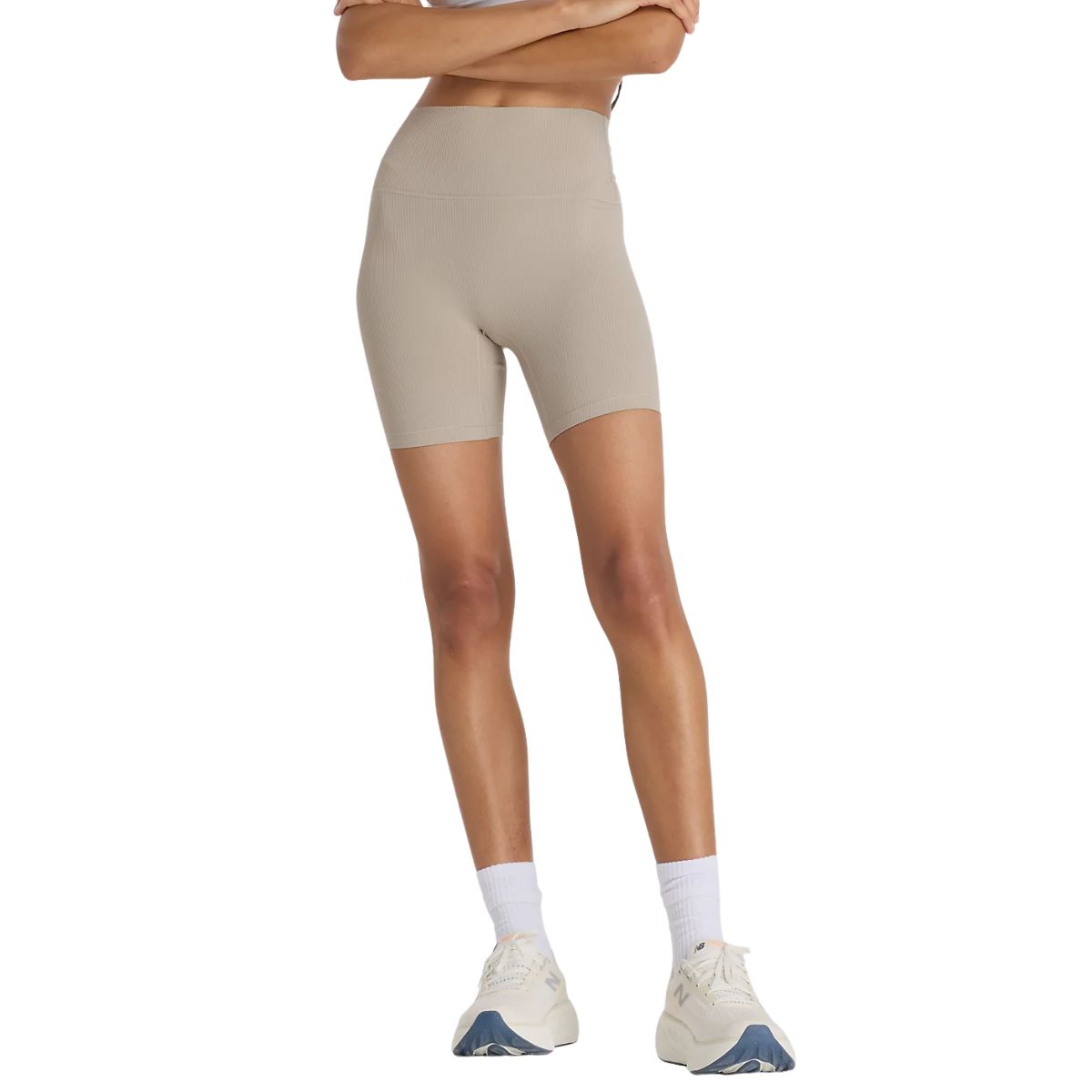
Whether you're heading for a hike or hitting the Pilates Mat, in the summer months, you need a comfortable pair of workout shorts. And there's no pair we love more than these New Balance ribbed shorts. Soft, stretchy and made from recycled polyester, we should all have a pair in our wardrobe.
Is low impact training better for hormonal health?
In some cases, yes, says personal trainer, Aimee Victoria Long. “During periods of stress, poor sleep or hormonal transition like perimenopause or postpartum recovery, the body is already working hard to stay balanced. High-intensity workouts can further increase cortisol, the body’s primary stress hormone, which in turn can disrupt other hormones like oestrogen and progesterone, potentially leading to fatigue, anxiety and disrupted menstrual cycles.”
In contrast, Long explains that “low-impact training tends to regulate, rather than spike, cortisol. By working with the nervous system, instead of against it, this kind of lower intensity exercise helps to keep hormonal systems more stable. For women, this can mean better energy, mood, recovery and a stronger sense of physical and emotional wellbeing.”
But this doesn’t mean that high-intensity exercise is bad for us. In fact, as Dr. Cornelia Hainer, Head of Science at Clue, explains, “regular exercise of any intensity can support a healthy cycle by reducing stress and easing PMS symptoms. Research suggests that the most important thing is to get consistent exercise, especially a mix of both cardiovascular and strength training, which have different but important health benefits.”
Ultimately, she adds, “choosing a way to stay active that is enjoyable and sustainable is going to have the greatest positive impact.”

A former heptathlete, Ashleigh is a freelance journalist, specialising in women’s health, wellbeing and lifestyle, with words in Stylist, Cosmopolitan, Glamour and Marie Claire. She’s also the Co-Founder of Sunnie Runners, an inclusive London based run club.
